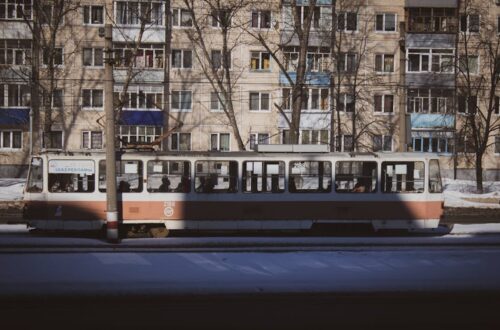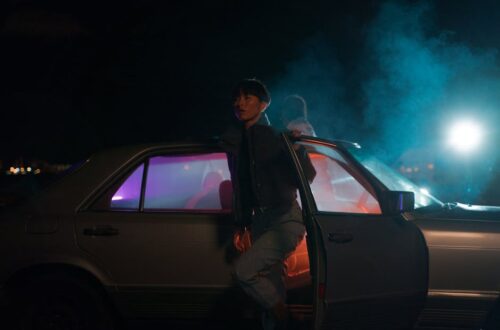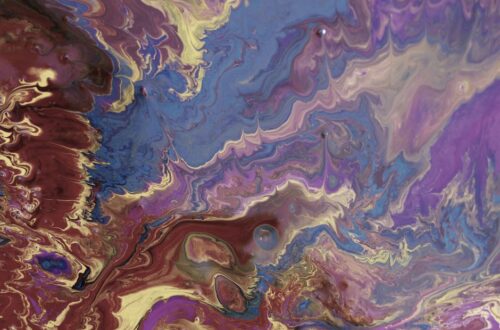Focus keyword: TV and film storytelling
TV and film storytelling has undergone a remarkable transformation over the decades, evolving from simple, formulaic narratives to complex, immersive experiences that captivate audiences worldwide. At Scene Flow – Scenlo, we dive deep into the pulse of nostalgia and innovation, examining the pivotal shifts that have defined the entertainment industry. In this comprehensive exploration, we’ll trace the journey of storytelling in TV and film, comparing the golden eras of the past with the dynamic, ever-changing landscape of today.
Then vs Now: Defining the Scene in TV & Film
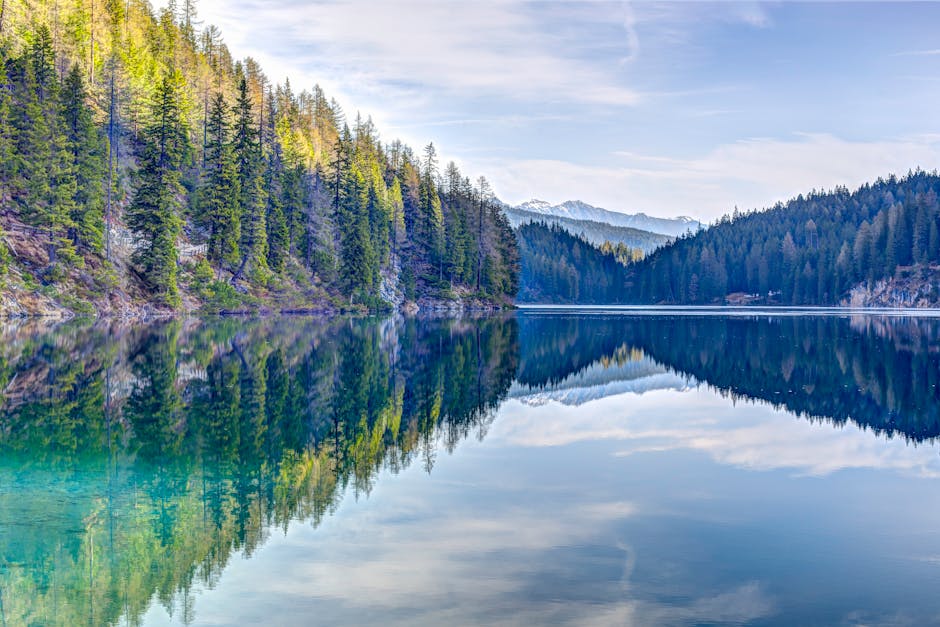
Photo by eberhard grossgasteiger on Pexels
In the early days of cinema and television, a scene was a straightforward unit of storytelling—often a single location, a clear time frame, and a direct progression of plot. The focus was on advancing the narrative with minimal distraction. Directors relied on static camera angles, simple edits, and dialogue-heavy scripts to communicate the story. The classic sitcoms and dramas of the 1950s through the 1980s exemplified this approach: each scene was self-contained, easy to follow, and rarely deviated from established formulas.
Today, the definition of a scene has grown more fluid and ambitious. Modern filmmakers and showrunners use scenes as opportunities for visual experimentation, emotional depth, and layered storytelling. Advances in cinematography, editing, and special effects have transformed the scene from a basic storytelling tool into a canvas for creativity. Scenes now often span multiple locations, blend timelines, and interweave character arcs, reflecting the complexity of contemporary narratives. This evolution has expanded what’s possible in TV and film, allowing creators to craft richer, more immersive experiences for viewers.
Technological Shifts: From Analog to Digital Storytelling
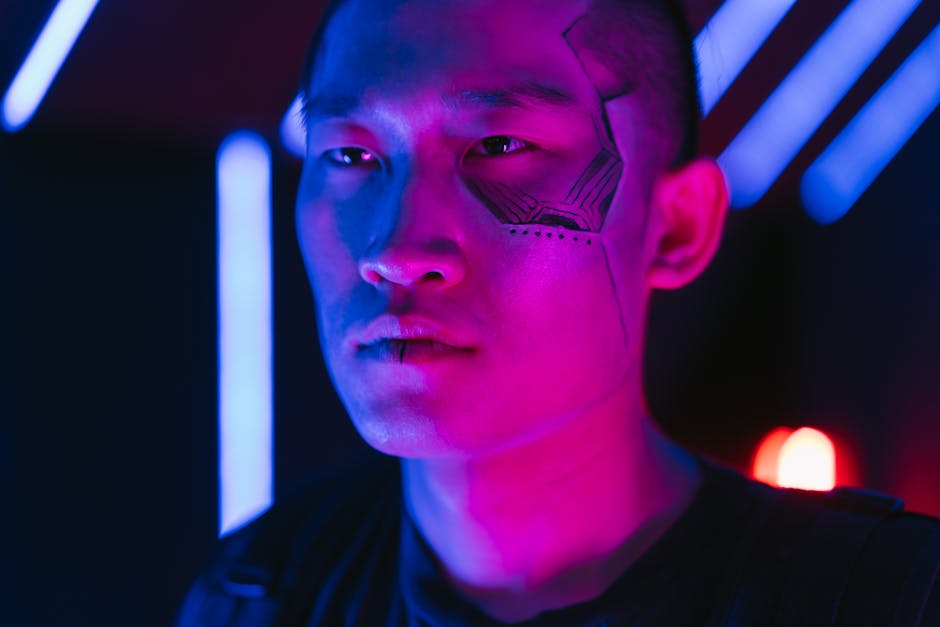
Photo by Mikhail Nilov on Pexels
One of the most profound changes in TV and film storytelling is the leap from analog to digital technology. In the past, filmmakers worked with physical film stock, practical effects, and manual editing processes. These limitations shaped the pace, style, and ambition of stories. Special effects were achieved through clever camera tricks, miniatures, and prosthetics. Editing was a painstaking process, requiring precision and restraint.
The digital revolution has shattered these boundaries. High-definition cameras, computer-generated imagery (CGI), and advanced editing software have democratized the filmmaking process. Today, creators can visualize worlds and characters that would have been impossible—or prohibitively expensive—in earlier eras. Digital tools enable seamless transitions, intricate visual effects, and non-linear storytelling. Streaming platforms have further accelerated this change, allowing for experimentation in episode length, structure, and distribution. As a result, TV and film storytelling has become more diverse, ambitious, and visually stunning than ever before.
Narrative Complexity: From Linear Plots to Multi-Threaded Epics

Photo by Efrem Efre on Pexels
Classic TV and film often relied on linear narratives: a single storyline, a clear protagonist, and a straightforward resolution. This approach made stories easy to follow and universally accessible. Think of classic sitcoms, procedurals, or adventure films—each episode or movie delivered a complete, self-contained story with a familiar structure.
Modern storytelling, however, thrives on complexity. Today’s audiences crave layered narratives with multiple perspectives, timelines, and plot twists. Shows like “Game of Thrones” and “Westworld” exemplify this trend, weaving together sprawling casts and intersecting storylines. Non-linear storytelling, unreliable narrators, and ambiguous endings have become hallmarks of prestige TV and cinema. This shift reflects not only advancements in writing and production but also a changing audience—one that’s more media-savvy, engaged, and eager for intellectual and emotional challenges.
Audience Engagement: Passive Viewers to Active Participants
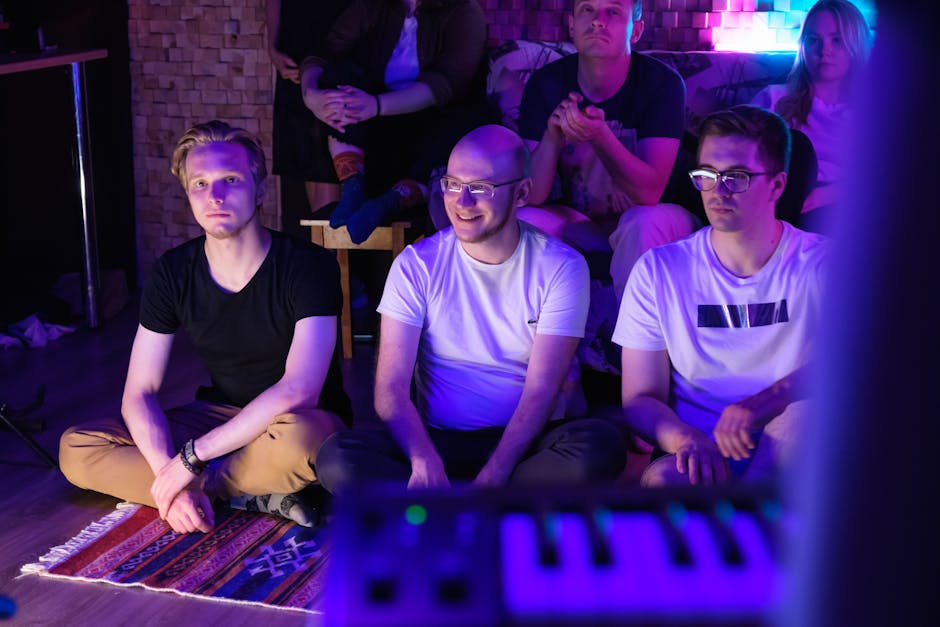
Photo by Big Bag Films on Pexels
In the early days, TV and film audiences were largely passive—tuning in at scheduled times, absorbing stories as they unfolded, and rarely interacting with creators or fellow fans. The relationship between storyteller and audience was one-directional, defined by the limitations of broadcast and theatrical distribution.
Today, the boundaries between creators and audiences have blurred. Social media, fan forums, and interactive platforms allow viewers to engage with stories in real time, share theories, and even influence creative decisions. Streaming services enable binge-watching, changing the way stories are consumed and discussed. Fan culture has become a driving force, with passionate communities dissecting every detail and demanding representation and authenticity. This active participation has pushed creators to be more responsive, inclusive, and innovative in their storytelling choices.
The Role of Nostalgia: Revisiting and Reinventing the Past
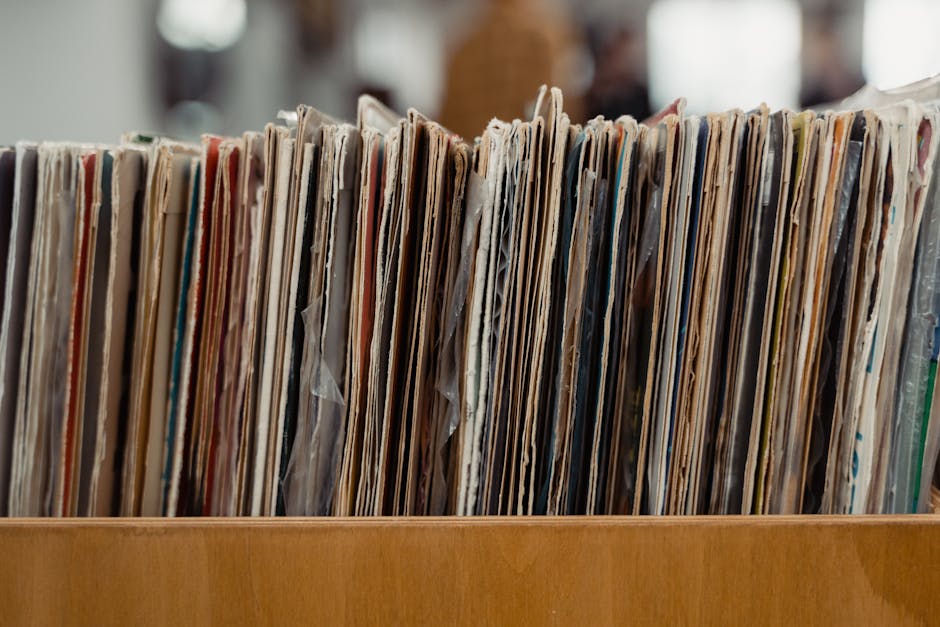
Photo by Tima Miroshnichenko on Pexels
Nostalgia has always played a powerful role in TV and film, but today it’s a driving force behind reboots, remakes, and homages. The desire to revisit beloved stories and characters has led to a wave of modern adaptations, from “Stranger Things” to “Cobra Kai.” These projects often blend classic storytelling elements with contemporary sensibilities, appealing to both longtime fans and new audiences.
However, nostalgia isn’t just about recreating the past—it’s about reinterpreting it. Modern storytellers use nostalgia as a lens to explore cultural shifts, address past shortcomings, and imagine new possibilities. This approach has resulted in stories that are both familiar and fresh, honoring the legacy of earlier works while pushing the medium forward. The interplay between nostalgia and innovation is shaping the future of TV and film storytelling, ensuring that the past remains a vital part of the creative conversation.
Cinematography and Visual Language: Static Frames to Dynamic Flow
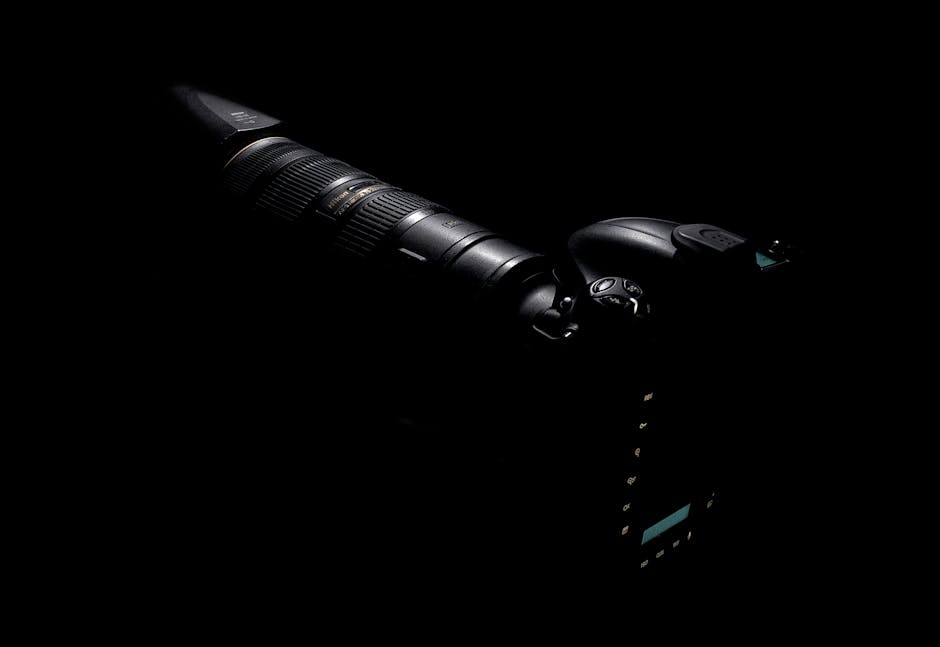
Photo by Derice Jason Fahnkow on Pexels
Visual storytelling has evolved alongside narrative techniques. In classic TV and film, cinematography was often restrained by technology and budget. Static cameras, simple lighting, and conventional framing were the norms. Visual language served the story but rarely drew attention to itself.
Modern cinematography, by contrast, is bold, dynamic, and integral to storytelling. Advances in camera technology, lighting, and post-production have empowered filmmakers to experiment with movement, color, and composition. Long takes, drone shots, and digital effects have expanded the visual vocabulary of TV and film. Cinematography now plays a crucial role in setting tone, conveying emotion, and immersing viewers in the story world. This shift has elevated the art of storytelling, making each frame a vital part of the narrative flow.
Looking Ahead: The Future of TV & Film Storytelling

Photo by MART PRODUCTION on Pexels
The evolution of TV and film storytelling is far from over. Emerging technologies like virtual reality, augmented reality, and interactive media promise to further redefine the boundaries of narrative. As audiences become more diverse and global, stories will continue to adapt, reflecting new perspectives and experiences. The core principles of great storytelling—compelling characters, emotional resonance, and creative vision—will endure, but the ways in which stories are told will keep evolving.
At Scene Flow – Scenlo, we celebrate both the nostalgia of classic storytelling and the excitement of innovation. The journey from then to now is a testament to the power of creativity, technology, and audience engagement. As we look to the future, one thing is certain: the flow of stories will continue to shape our culture, inspire our imaginations, and connect us across generations.
Sources
- https://www.studiobinder.com/blog/what-is-a-scene-definition/
- https://www.boords.com/blog/what-is-cinematography-definition-and-examples



